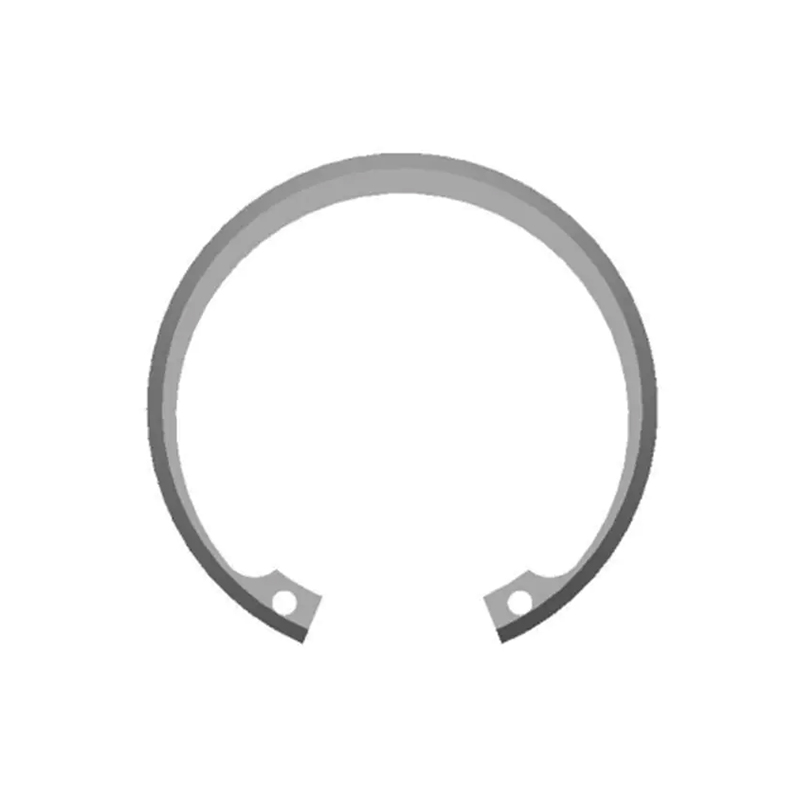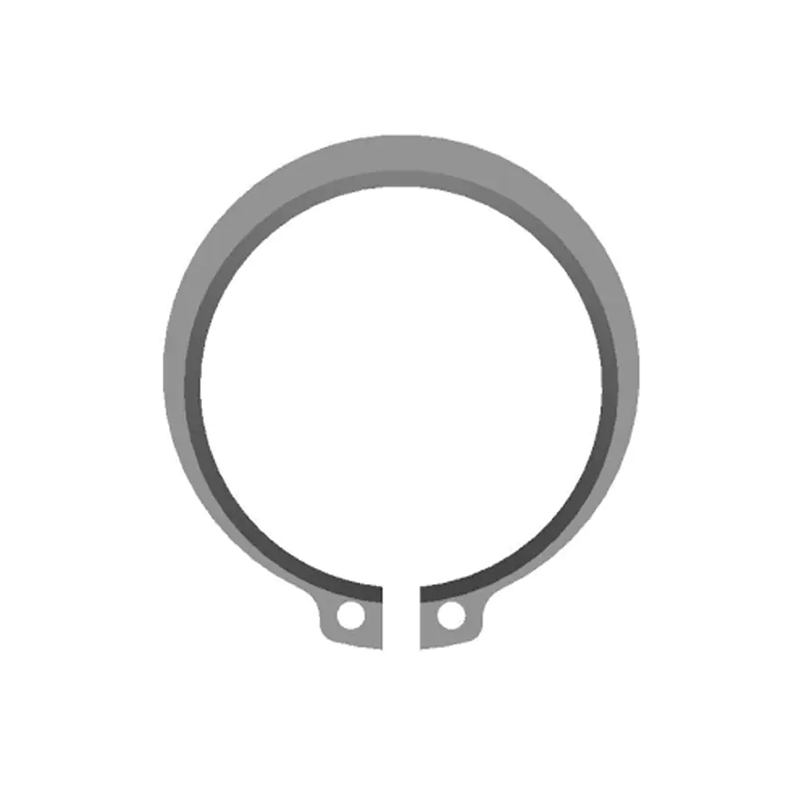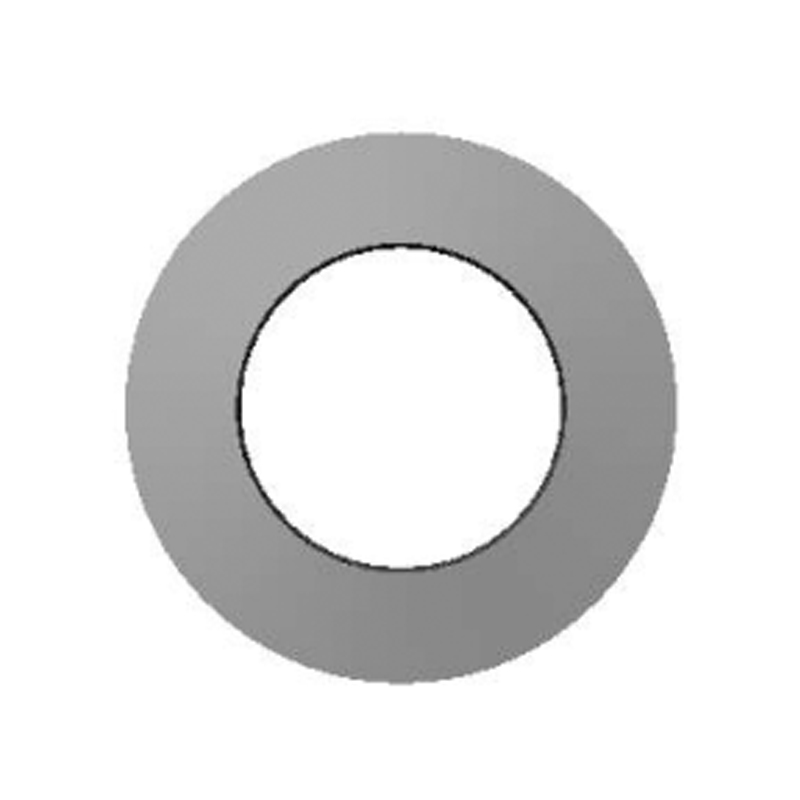Snap rings play an important role in mechanical assemblies where controlling movement along an axis is essential. In rotating machinery, components such as bearings, gears, pulleys, and shafts need to stay securely positioned under constant dynamic forces. Without proper restraint, these parts can shift, leading to misalignment, excessive wear, or even catastrophic failure. Snap rings are designed specifically to counter these issues by providing a simple yet effective method of axial retention.
1. Axial Positioning and Retention
Snap rings fit into grooves that are machined into shafts or bores. Once installed, the ring creates a shoulder that holds the component in place. For example, in a bearing assembly, an external snap ring on a shaft prevents the bearing from sliding outwards, while an internal snap ring inside a housing keeps it from shifting inward. This restraint ensures that components remain correctly aligned throughout operation.
2. Resistance Against Axial Forces
Rotating machinery is subject to axial loads generated by thrust forces, vibrations, or torque transmission. Snap rings provide resistance to these forces by locking into grooves that are precisely dimensioned. When properly matched to the shaft or bore size, the snap ring distributes the load across the groove, minimizing the risk of displacement.

3. Maintaining Bearing Performance
Bearings are highly sensitive to alignment. Even minor axial movement can reduce efficiency and increase wear. By preventing bearings from shifting along the shaft, snap rings help maintain consistent contact patterns, reducing friction and extending service life. This is especially important in high-speed applications such as automotive transmissions or electric motors.
4. Space-Efficient Design
Compared to alternatives like threaded fasteners, collars, or welded stops, snap rings provide axial retention without requiring additional space or significant modifications to the design. This compactness is critical in rotating machinery, where space is often limited and weight reduction is a priority.
5. Ease of Assembly and Disassembly
Snap rings can be installed and removed quickly with specialized pliers, making them highly practical for machinery that requires periodic maintenance. Unlike permanent retention methods, they allow for easier component replacement without damaging the shaft or housing. This efficiency contributes to lower downtime and reduced maintenance costs.
6. Cost-Effectiveness
Because snap rings are simple stamped or machined components, they are economical compared to more complex retaining systems. Despite their simplicity, they deliver reliable axial control, making them a preferred choice in mass-produced machinery.
Conclusion
In rotating machinery, snap rings contribute to reducing axial movement by securing components within grooves, resisting thrust forces, preserving bearing alignment, and doing so with minimal space and cost requirements. Their ability to provide reliable, repeatable retention makes them indispensable in applications ranging from automotive engines to industrial gearboxes.

















